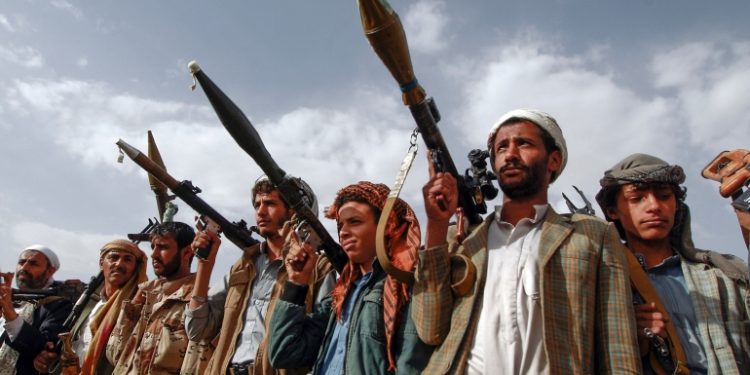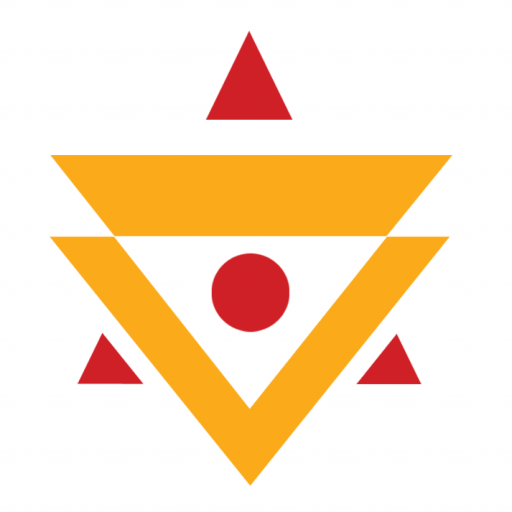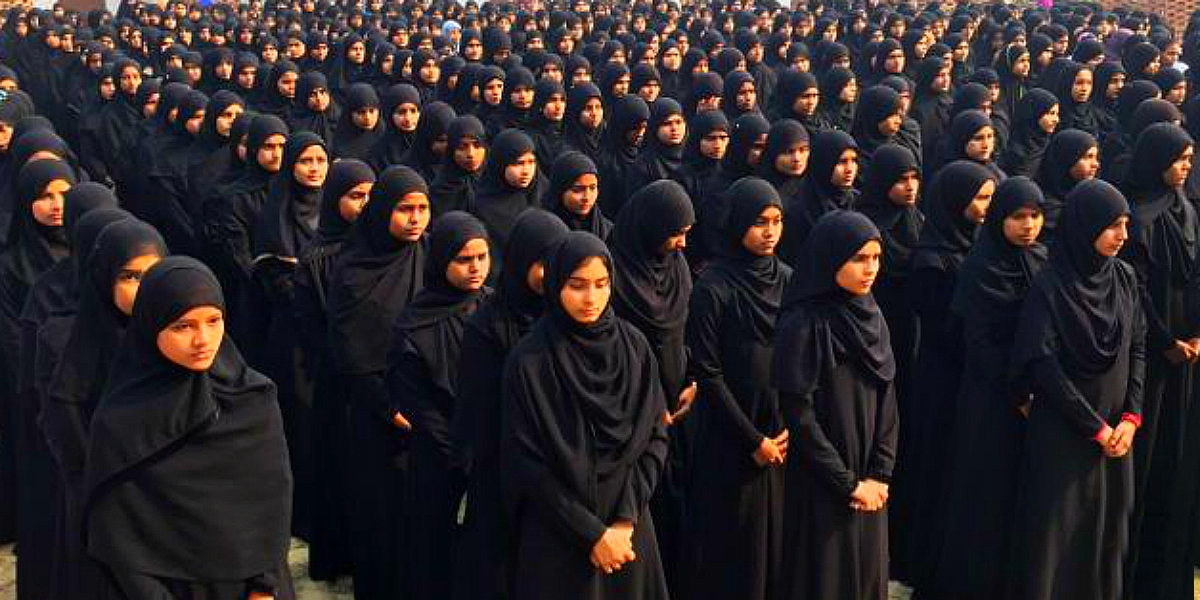Houthis, is an Islamist political and armed movement that emerged from Saada in north Yemen in the 1990s. The Houthi movement is a predominately Zaidi Shia force, whose leadership is drawn largely from the Houthi tribe.
The Houthis are a large clan originating from Yemen’s northwestern Saada province. They practice the Zaydi form of Shiism. Zaydis make up around 35 per cent of Yemen’s population.
A Zaydi imamate ruled Yemen for 1,000 years, before being overthrown in 1962. Since then, the Zaydis – stripped of their political power – have struggled to restore their authority and influence in Yemen.
In the 1980s, the Houthi clan began a movement to revive Zaydi traditions, feeling threatened by state-funded Salafist preachers who established a base in Houthi areas. Not all Zaydis, however, align with the Houthi movement.
Houthi insurgents have clashed with Yemen’s government for more than a decade. Since 2011, the Houthi movement has expanded beyond its Zaydi roots and become a wider movement opposed to President Abd Rabbuh Mansour Hadi. The insurgents have also begun referring to themselves as Ansarullah, or “Party of God.”
The Houthis have a complex relationship with Yemen’s Sunni Muslims; the movement has discriminated against Sunnis, but also recruited and allied with them. Under the leadership of Hussein Badreddin al-Houthi, the group emerged as an opposition to former Yemeni president Ali Abdullah Saleh, whom they charged with massive financial corruption and criticized for being backed by Saudi Arabia and the United States at the expense of the Yemeni people and Yemen’s sovereignty.
Resisting Saleh’s order for his arrest, Hussein was killed in Sa’dah in 2004 along with a number of his guards by the Yemeni army, sparking the Houthi insurgency in Yemen. Since then, except for a short intervening period, the movement has been led by his brother Abdul-Malik al-Houthi.



















Discussion about this post